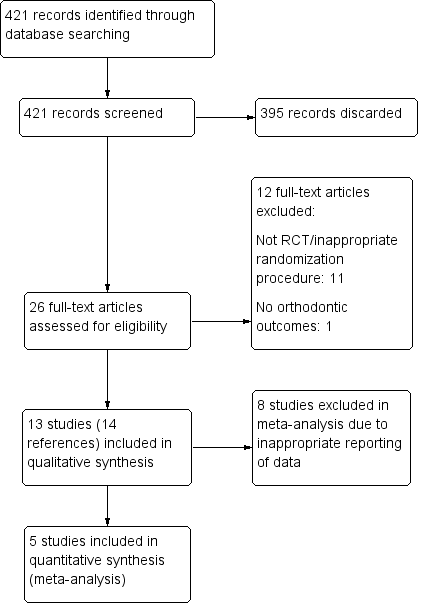Contenido relacionado
Revisiones y protocolos relacionados
Nicky A Mandall, Joy Hickman, Tatiana V Macfarlane, Rye CR Mattick, Declan T Millett, Helen V Worthington | 9 abril 2018
Safa Jambi, Tanya Walsh, Jonathan Sandler, Philip E Benson, Richard M Skeggs, Kevin D O'Brien | 19 agosto 2014
Declan T Millett, Anne‐Marie Glenny, Rye CR Mattick, Joy Hickman, Nicky A Mandall | 25 octubre 2016
Philip E Benson, Nicola Parkin, Fiona Dyer, Declan T Millett, Peter Germain | 17 noviembre 2019
Mojtaba Dorri, Stephen M Dunne, Tanya Walsh, Falk Schwendicke | 5 noviembre 2015
Nicola PT Innes, David Ricketts, Lee Yee Chong, Alexander J Keightley, Thomas Lamont, Ruth M Santamaria | 31 diciembre 2015
Patrice James, Helen V Worthington, Carmel Parnell, Mairead Harding, Thomas Lamont, Andrea Cheung, Helen Whelton, Philip Riley | 31 marzo 2017
Marco Esposito, Maria Gabriella Grusovin, Helen V Worthington | 18 enero 2012
Momen A Atieh, Nabeel HM Alsabeeha, Alan GT Payne, Sara Ali, Clovis M Jr Faggion, Marco Esposito | 26 abril 2021
Paul F Ashley, Susan Parekh, David R Moles, Prabhleen Anand, Laura CI MacDonald | 8 agosto 2016
Respuestas clínicas Cochrane
Sera Tort, Tina Poklepovic Pericic | 21 junio 2016




